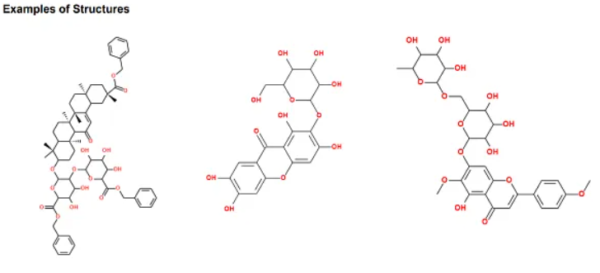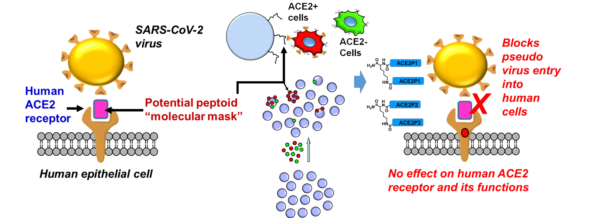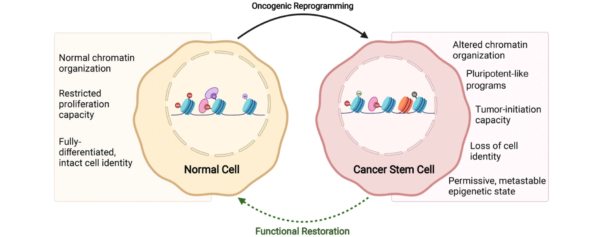HA2, also known as the fusion peptide of the influenza virus hemagglutinin, is a promising target for antiviral drug development. The fusion peptide is a conserved region in the influenza virus hemagglutinin, responsible for the virus’s entry into host cells. The HA2 peptide undergoes a structural change upon receptor binding, which triggers the fusion of the viral envelope with the host cell membrane, leading to the release of viral RNA into the cell and subsequent infection.
Recent studies have focused on the design and screening of HA2-focused libraries to identify potential inhibitors of influenza virus entry. HA2-focused libraries are combinatorial or sequence-defined libraries that prioritize the HA2 peptide region as the basis for ligand design. The goal of designing HA2-focused libraries is to develop potent inhibitors that disrupt the interaction between the HA2 peptide and the host cell membrane, thereby preventing viral membrane fusion and entry into the host cell. Here, we will discuss the principles and challenges of drug design using HA2-focused libraries.
Design Strategies:
Designing HA2-focused libraries require a detailed understanding of the structure and function of the HA2 peptide and the viral entry process. The viral fusion process can be broadly divided into three steps: (i) attachment to the host cell receptor mediated by the HA1 subunit, (ii) receptor-mediated endocytosis into the host cell, and (iii) fusion of the viral envelope with the host endosomal membrane mediated by the HA2 subunit. Inhibitors of the HA-fusion process can target different stages of the viral cycle and can act both before and after viral attachment.
A common strategy for designing HA2 inhibitors is to mimic the structure of the HA2 peptide through the design of peptide-based or peptidomimetic compounds. Peptide-based inhibitors can be designed by rationally modifying the HA2 sequence to increase selectivity and/or activity against the fusion process. Peptidomimetic compounds, on the other hand, are synthetic molecules that recapitulate the conformational and physicochemical properties of the HA2 peptide, while also imparting greater chemical stability and bioavailability.
Another approach to designing HA2 inhibitors is through high-throughput screening of chemical libraries, such as small molecules or macrocycles. Such libraries can be screened against the HA2 peptide to identify lead compounds that bind to the peptide and disrupt viral fusion. The resulting lead compounds can then be modified to improve their potency, specificity, and pharmacokinetic properties.
Challenges in Designing HA2-Focused Libraries:
Despite the potential benefits of designing HA2-focused libraries, several challenges remain in the development of effective inhibitors. One of the primary challenges is achieving sufficient potency and selectivity while minimizing off-target effects. HA2-targeted inhibitors must be selective enough to specifically target the viral HA2 peptide and avoid interactions with host cell membrane proteins.
Another challenge lies in the development of compounds that can penetrate host cells and reach intracellular targets. Many inhibitors designed to target the influenza virus HA2 peptide must transverse the cellular membrane to reach the endosomal compartment, where viral fusion occurs. Therefore, drug design efforts must concurrently address the balance between cell permeability and efficacy.
Conclusion:
In conclusion, HA2-focused libraries represent a promising approach for designing inhibitors of influenza virus entry. The libraries can be tailor-made to increase selectivity and potency of inhibitors targeting the HA2 fusion peptide, thereby increasing the chances of developing effective antivirals with minimized side-effects. Achieving these outcomes requires a selective approach to designing the agents, considering the challenges in in-vivo application of these agents, and optimizing design strategies to improve potency and pharmacokinetics.




